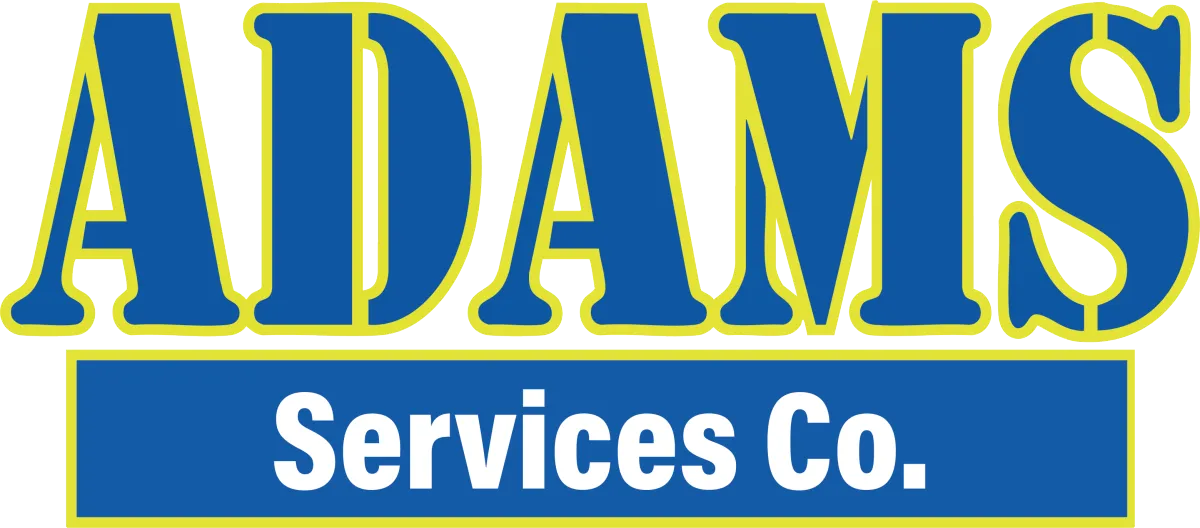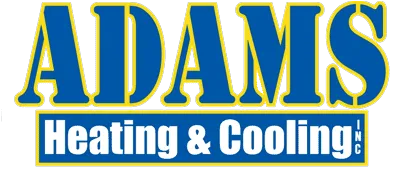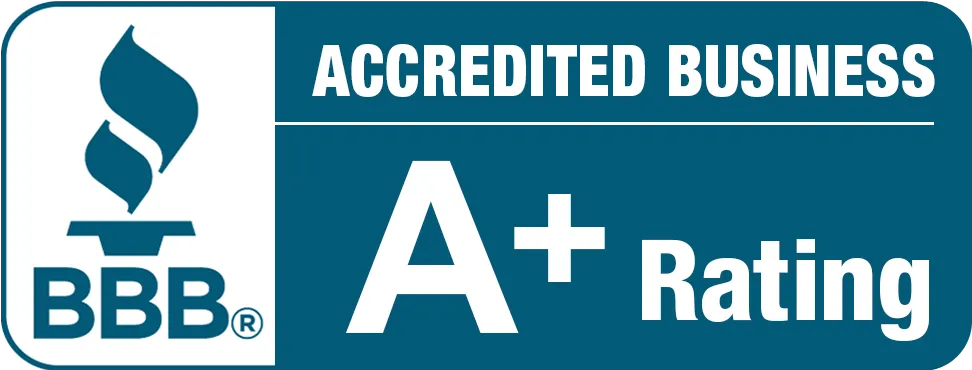Adams Heating & Cooling
HVAC Experts You Can Trust
Serving Tuscaloosa, AL, Birmingham, AL, and surrounding areas since 1982
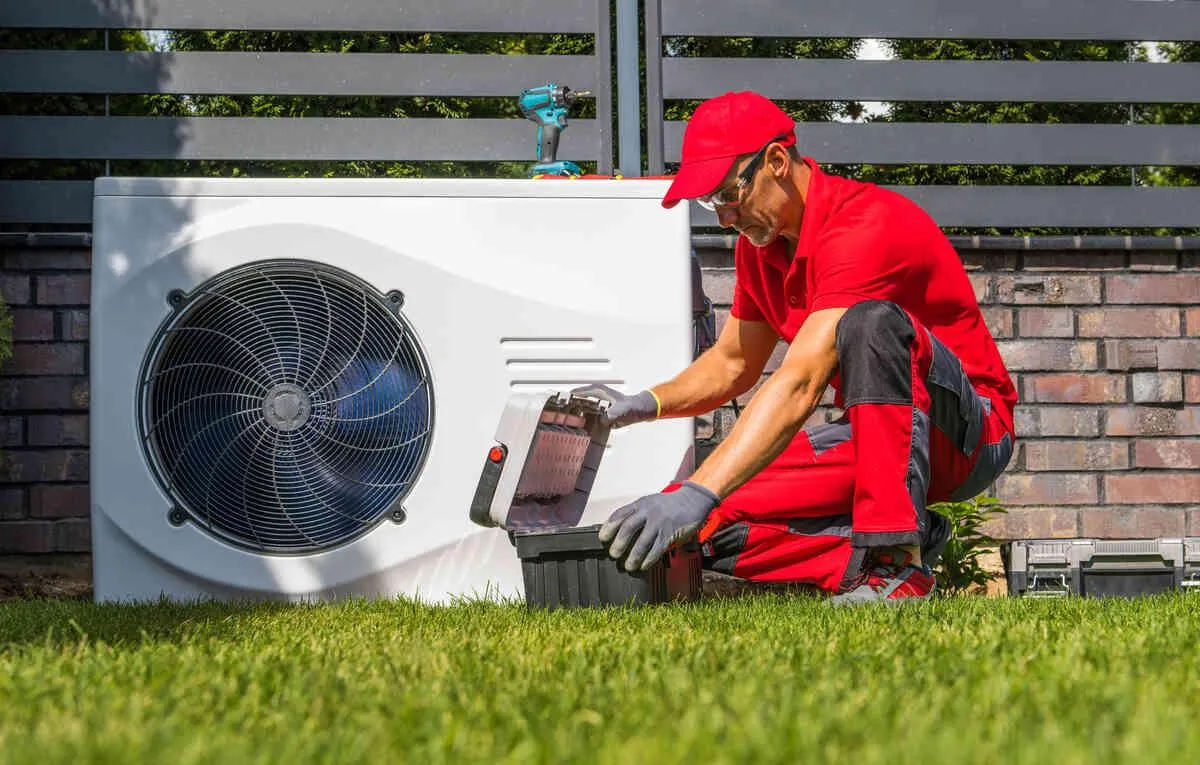
How to Winterize Your HVAC System Effectively
Heating installation isn’t something most homeowners think about until their system fails—but by then, it’s often too late. Each winter, countless families face unexpected breakdowns, chilly mornings, and rising energy bills simply because their HVAC systems weren’t properly prepared for the cold.
At Adams Heating & Cooling, peace of mind starts with preparation. Whether you’ve recently upgraded your heating system or are relying on an older unit to get you through another season, taking time to winterize your HVAC system is essential. Routine maintenance, smart upgrades, and timely professional support can make the difference between comfort and chaos when temperatures drop.
In this guide, we’ll walk you through everything you need to know to get your heating system winter-ready—from expert-backed HVAC winter maintenance tips to energy-efficient heating strategies that protect your home and lower your bills. If you're unsure whether your current system is up to the challenge or if a new installation could save you money in the long run, this guide will help you make informed and confident decisions.
Why Winterizing Your HVAC System Matters
Winterizing your HVAC system is more than just checking a box on your seasonal to-do list—it’s about protecting your comfort, your wallet, and your peace of mind. When the cold sets in, your heating system becomes the unsung hero of your home. But without proper preparation, even the most reliable unit can struggle, leading to uneven temperatures, unexpected failures, and skyrocketing energy bills.
For homeowners with recently completed heating installations, winterizing ensures your new system runs at peak efficiency from the start. And for those with older systems, it’s a critical step in extending the life of your equipment and catching small issues before they become costly emergencies. Think of it as preventative care for your home—an investment in staying warm without the stress of last-minute repairs.
Beyond personal comfort, winterization plays a major role in energy conservation. Sealing ductwork, optimizing thermostat settings, and performing routine checks can dramatically reduce energy waste. That means lower utility bills and a smaller carbon footprint—a win-win for your budget and the planet.
Simply put, winterizing your HVAC system keeps your home running smoothly when you need it most. It helps you avoid the late-night emergency calls, gives you confidence when temperatures plunge, and ensures that every room in your home stays consistently warm.
Heating Installation: When a Tune-Up Isn’t Enough
As temperatures dip, many homeowners begin to wonder whether their heating system will make it through another season. While regular maintenance can extend the life of your HVAC unit, there comes a point when a simple tune-up won’t cut it. If your system is aging, inefficient, or frequently in need of repair, it may be time to consider a professional heating installation.
How to Know When It’s Time to Replace Your Heating System
If you're experiencing inconsistent heating, rising utility bills, or the need for frequent service calls, these could be signs your HVAC system is on its last leg. Other red flags include:
Systems over 15 years old
Uneven room temperatures or cold spots
Strange noises like banging, rattling, or humming
Excessive dust or poor indoor air quality
Frequent thermostat adjustments just to stay comfortable
While these issues may seem manageable at first, they often indicate deeper inefficiencies that can cost you more in the long run.
The Benefits of a New, Energy-Efficient Heating Installation
Replacing your outdated system with a modern, energy-efficient heating solution offers more than just peace of mind—it delivers real savings and long-term comfort. Today’s high-efficiency units are built with features that optimize energy use and reduce environmental impact, such as:
Variable-speed motors for better airflow and temperature control
Smart thermostats for automated scheduling and remote management
Zoned heating systems that allow you to heat only the rooms you use
Improved filtration systems that enhance air quality
Homeowners who invest in a new system often see a significant drop in energy bills, fewer repair headaches, and a more consistently comfortable home. And with current rebates and financing options, heating installation is more affordable than many people realize.
Essential HVAC Winter Maintenance Tips
Winter can be demanding on your heating system, especially if it’s working harder than necessary due to minor issues that could have been prevented. Whether your system is brand new or several years old, routine HVAC winter maintenance helps ensure safe, efficient performance when you need it most. Think of it as the seasonal tune-up your comfort depends on.
Routine Tasks Every Homeowner Should Do
Some winter maintenance steps are simple enough for homeowners to handle on their own—and doing them regularly can make a significant difference:
Replace or clean your air filters: Dirty filters restrict airflow, forcing your system to work harder and consume more energy. Check them monthly during the winter, especially if you have pets or allergies.
Inspect and clear vents: Make sure your supply and return vents aren’t blocked by furniture, curtains, or dust buildup. Obstructed airflow leads to uneven heating and reduced efficiency.
Check your thermostat settings: Program your thermostat for winter-friendly temperature schedules to avoid unnecessary runtime. Lowering the temperature slightly while you're asleep or away can reduce energy usage without sacrificing comfort.
These small actions, repeated consistently, can help extend the life of your HVAC system and keep your home more comfortable throughout the season.
When to Call a Professional for Winter Maintenance
While DIY steps are helpful, professional HVAC maintenance ensures deeper system integrity and safety. A qualified technician can catch issues you might miss and provide service that goes beyond what’s accessible to homeowners. At Adams Heating & Cooling, our winter maintenance visits include:
Thorough system inspection: We check heat exchangers, electrical connections, burners, and more for safety and performance.
Ductwork evaluation: Our team identifies leaks, blockages, or damage in your duct system that could be causing energy loss.
Refrigerant level check (for heat pumps): Proper refrigerant levels are essential for heat pumps to function effectively during colder months.
System calibration and efficiency testing: We ensure your thermostat, blower, and furnace or heat pump are working in sync for optimal performance.
Calling in the pros before winter fully sets in helps you avoid mid-season emergencies and makes sure your HVAC system is truly winter-ready.
Sealing, Insulation, and Ductwork: The Hidden Heat Losers
Even the most advanced heating installation can’t perform at its best if your home is leaking warm air or struggling with poorly sealed ductwork. Many homeowners focus on their furnace or heat pump—but forget that the structure of the home itself plays a major role in energy efficiency. Addressing these hidden heat losers can significantly lower your utility bills and enhance overall comfort during the winter months.
How Poor Sealing Undermines Efficiency
Tiny air leaks around windows, doors, and foundation points may seem insignificant, but collectively, they can cause your home to lose a surprising amount of heat. This forces your HVAC system to work harder, running longer cycles and consuming more energy just to maintain your desired temperature.
To combat this:
Seal windows and doors with weatherstripping or caulk to prevent drafts.
Install door sweeps to block cold air from entering through exterior doors.
Use thermal curtains to retain heat at night and during colder days.
Not only do these simple fixes improve heating performance, but they also contribute to long-term savings and indoor comfort.
Why Insulation and Ductwork Matter More Than You Think
Insulation isn't just for the attic—it's a foundational element of an energy-efficient heating system. Without sufficient insulation, heated air escapes into unconditioned areas like crawlspaces and garages, causing your system to cycle more frequently and unevenly.
Equally critical is your ductwork. Leaky or poorly insulated ducts can lose up to 30% of the heat generated by your HVAC system before it even reaches your living space. A professional duct inspection can:
Identify and seal leaks
Reposition or replace inefficient duct layouts
Add insulation to reduce heat loss
At Adams Heating & Cooling, we include duct evaluations as part of our winter maintenance and installation services, helping you protect every degree of warmth your system generates.
Optimize with Smart Thermostats & Zone Controls
No matter how efficient your heating installation is, your comfort and savings can take a hit if your thermostat is outdated or your system is trying to heat the entire home evenly—regardless of how it's used. Upgrading to smart thermostats and implementing zoning controls can dramatically increase both comfort and energy efficiency during winter.
Benefits of Upgrading to a Smart Thermostat
Smart thermostats go beyond simple temperature control. They learn your habits, adjust based on your preferences, and allow you to manage your heating remotely—whether you're on the couch or out of town. This level of control reduces unnecessary heating and makes your system more responsive to real-life needs.
Here’s how a smart thermostat improves winter performance:
Automatic scheduling: Set personalized heating schedules for day and night.
Remote access: Adjust your settings from anywhere using your phone or tablet.
Energy reports: Track your energy use and receive suggestions for improvement.
Integration with other smart devices: Control your HVAC along with lights, locks, and other systems for a truly connected home.
Combined with a modern heating installation, a smart thermostat helps you save on energy bills without compromising on comfort.
How Zoned Heating Improves Comfort and Efficiency
Zoning divides your home into distinct areas, each with its own temperature control. This is especially useful in multi-story homes, homes with large open spaces, or properties where certain rooms are rarely used. Rather than heating the entire house uniformly, zoned systems direct heat only where it’s needed, when it’s needed.
Benefits of zone control include:
Customized comfort: Keep bedrooms cool while living areas stay warm.
Reduced energy use: Avoid heating empty rooms or areas not in use.
Less wear on your system: Reduced workload leads to longer HVAC lifespan.
Zoning can be added to some existing systems or integrated into new heating installations. At Adams Heating & Cooling, we help you determine whether your home is a good candidate for this upgrade, and we make the setup seamless.
Safety First: Don’t Skip These Critical Checks
Heating your home efficiently is important—but heating it safely is essential. As winter approaches and your HVAC system gets back to work, it's crucial to ensure your home is protected against potential hazards. From gas leaks to carbon monoxide exposure, skipping key safety checks could put your household at risk.
Test Your Carbon Monoxide and Smoke Detectors
Carbon monoxide (CO) is a silent danger that’s especially concerning during the colder months, when homes are sealed tight and heating systems run constantly. A malfunctioning furnace or blocked vent can allow CO to build up quickly—and without a working detector, there’s no way to know until it’s too late.
Here’s what you should do:
Test detectors monthly and replace batteries at least twice a year.
Install detectors on every floor, especially near bedrooms and fuel-burning appliances.
Replace outdated units—most CO and smoke detectors expire after 7–10 years.
These small devices can literally save lives, and they’re a key part of every responsible homeowner’s winter prep.
Schedule a Professional Safety Inspection
In addition to your own maintenance, it’s smart to have a licensed HVAC technician perform a full system safety check before peak heating season begins. At Adams Heating & Cooling, our winter safety inspections include:
Heat exchanger inspection to check for cracks or carbon monoxide leaks
Gas line and connection checks for leaks or corrosion
Ventilation system review to ensure proper airflow and fume exhaust
Electrical component testing to prevent short circuits or fire hazards
If you've recently completed a heating installation, a safety inspection helps verify that your system was installed correctly and is ready to perform safely under winter conditions.
Peace of mind starts with prevention. When you take care of the small things—like checking a detector or scheduling an inspection—you’re making a big investment in your family’s safety.
Professional vs. DIY: What to Leave to the Experts
While there’s plenty you can do on your own to keep your HVAC system running smoothly, winter prep isn’t the time to test the limits of your DIY skills. Some tasks are perfect for homeowners, but others require the tools, training, and experience of a certified professional. Knowing where that line is can help you avoid costly mistakes—and ensure your system is fully prepared for cold weather.
Simple Winter Tasks You Can Do Yourself
There are several important winterization steps that don’t require special training or equipment. In fact, staying on top of these tasks throughout the season can make a noticeable difference in how efficiently your system runs:
Change your air filters every 1–3 months to maintain airflow and reduce strain on your system.
Keep your outdoor unit clear of leaves, ice, and debris so it can operate without obstruction.
Monitor thermostat performance and update programming as your schedule shifts during the holidays or colder weeks.
Visually inspect vents and registers to ensure nothing is blocking air circulation.
Staying proactive with these basic steps can help keep minor issues from turning into expensive emergencies.
Tasks That Should Be Handled by an HVAC Professional
While DIY upkeep is valuable, many crucial winter prep tasks involve electrical systems, gas connections, or in-depth diagnostics—none of which should be attempted without proper certification.
Here’s what professionals like our team at Adams Heating & Cooling are trained to do:
Test system efficiency using diagnostic tools that measure airflow, fuel usage, and heat output.
Inspect and clean burners, pilot lights, and heat exchangers to prevent breakdowns and safety risks.
Check electrical components and tighten connections to avoid fire hazards.
Ensure safe gas line operation and test for potential leaks.
Calibrate your system and thermostat to ensure even heating and correct temperature readings.
When it comes to heating installation or in-depth winter maintenance, working with a trusted professional isn’t just safer—it’s more efficient, more thorough, and often more cost-effective in the long run.
Energy Efficient Heating Upgrades You Should Know About
If you’re already preparing your HVAC system for winter, it’s the perfect time to consider upgrades that improve efficiency, comfort, and long-term savings. Whether you're dealing with an aging system or looking to reduce your energy bills, modern heating technologies offer powerful solutions that go beyond basic maintenance. These upgrades not only help you heat your home more effectively but also support a more sustainable lifestyle.
Top Heating System Upgrades That Improve Efficiency
Technology in home heating has come a long way. Today’s systems are designed to deliver better performance using less energy—and the results are often felt in your monthly utility bill.
Here are some of the most impactful energy-efficient heating upgrades:
Variable-speed furnaces: These units automatically adjust airflow to match your heating needs, using less energy and maintaining more consistent temperatures.
High-efficiency heat pumps: Heat pumps can provide both heating and cooling while using far less electricity than traditional systems, especially in moderate climates.
Zoned HVAC systems: Control the temperature in different areas of your home independently, reducing energy waste in unused rooms.
Smart thermostats with learning capabilities: These devices adjust automatically based on your habits and preferences, helping you heat only when and where it’s needed.
These upgrades work best when paired with professional heating installation to ensure correct sizing, layout, and integration with your existing system.
Cost Savings, Rebates, and Long-Term Value
While the upfront investment in energy-efficient heating equipment may be higher, the long-term value is substantial. Many homeowners report savings of 20–30% on their monthly heating costs, not to mention the reduction in repair frequency and extended equipment lifespan.
In addition, there are often:
Manufacturer rebates
Utility company incentives
Federal tax credits for energy-efficient home upgrades
Our team at Adams Heating & Cooling stays up to date on the latest rebate programs and will help you find options that offset installation costs. We believe energy-efficient living should be accessible—and we’re here to make that transition as seamless as possible.
Conclusion
Preparing your home for winter doesn’t have to be overwhelming. With the right mix of preventive maintenance, smart upgrades, and expert support, you can head into the colder months knowing your heating system is safe, efficient, and ready to perform when it matters most.
Whether you’re maintaining an existing unit or considering a new heating installation, winter is the time to act—not react. Skipping seasonal prep can lead to costly breakdowns, chilly nights, and sky-high energy bills. But when you take the time to winterize your HVAC system properly, you protect not only your comfort but also your long-term investment in your home.
At Adams Heating & Cooling, we’re here to help you make smart, stress-free decisions about your home’s heating. From comprehensive winter maintenance to high-efficiency heating installation, our team is ready to guide you through every step with the same dependability and care we bring to every job.
Need help getting your home ready for winter? Call Adams Heating & Cooling today at 205‑462‑8298 to schedule your seasonal tune-up, efficiency inspection, or heating installation consultation.
Let’s make this your most comfortable, worry-free winter yet.
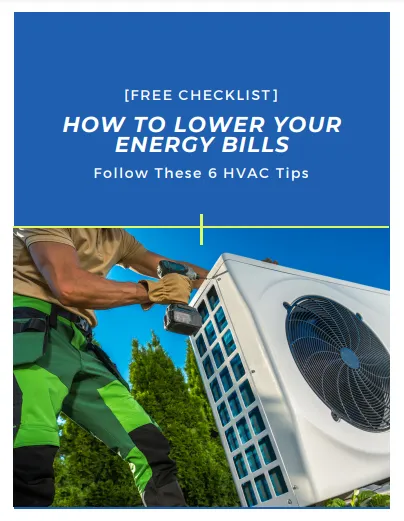
Tired of seeing those sky-high electric bills?
It's time to take control of your energy costs, and your HVAC system is a great place to start!
No more sweating over those monthly expenses!
Grab our FREE checklist to discover simple, yet effective, ways to lower your energy consumption and save money on your electric bill.
Inside this handy guide, you'll find:
Easy-to-follow tips to optimize your HVAC system's efficiency.
Common energy-wasting mistakes to avoid.
Actionable steps to make a real difference in your energy usage.
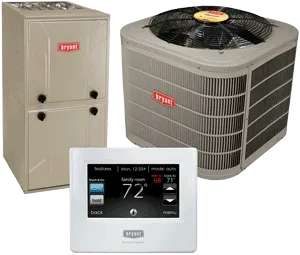
Free Estimates on Complete System Replacement
Call Now 205-339-6540
Office: 3415 Hargrove Road East,
Tuscaloosa, AL 35405
Office: 1236 Blue Ridge Blvd, Suite 111, Hoover, AL 35226
Call 205-339-6540
Call 205-606-4222
Email: [email protected]
